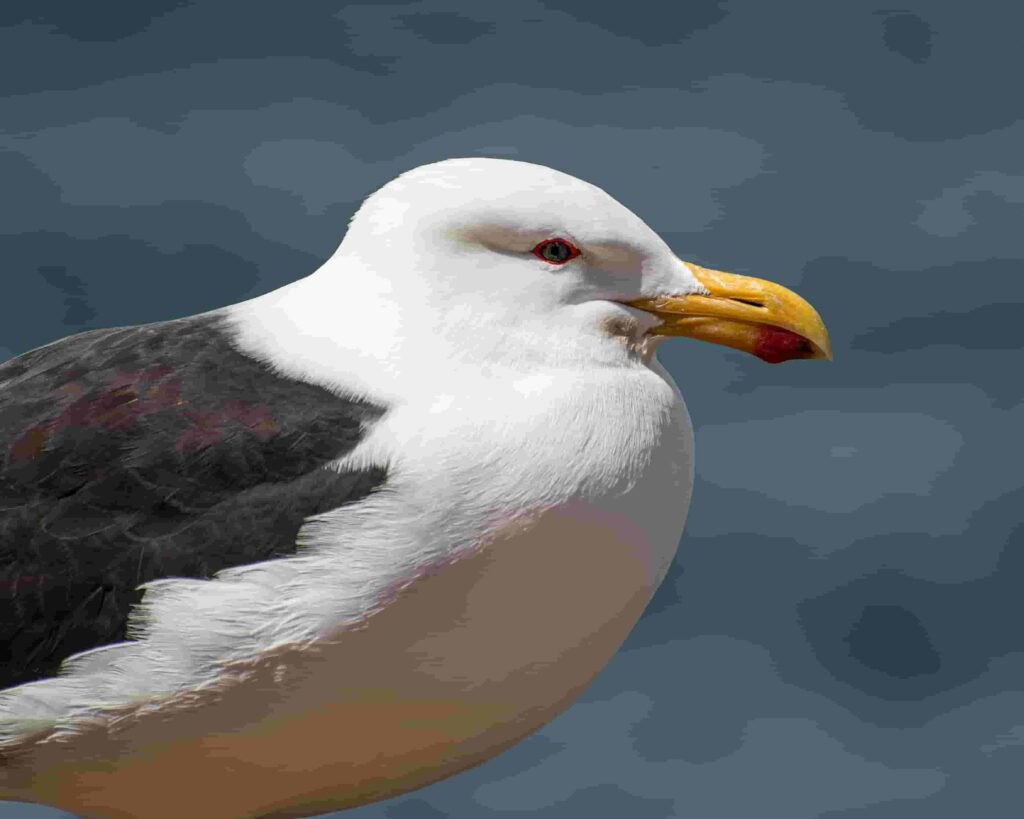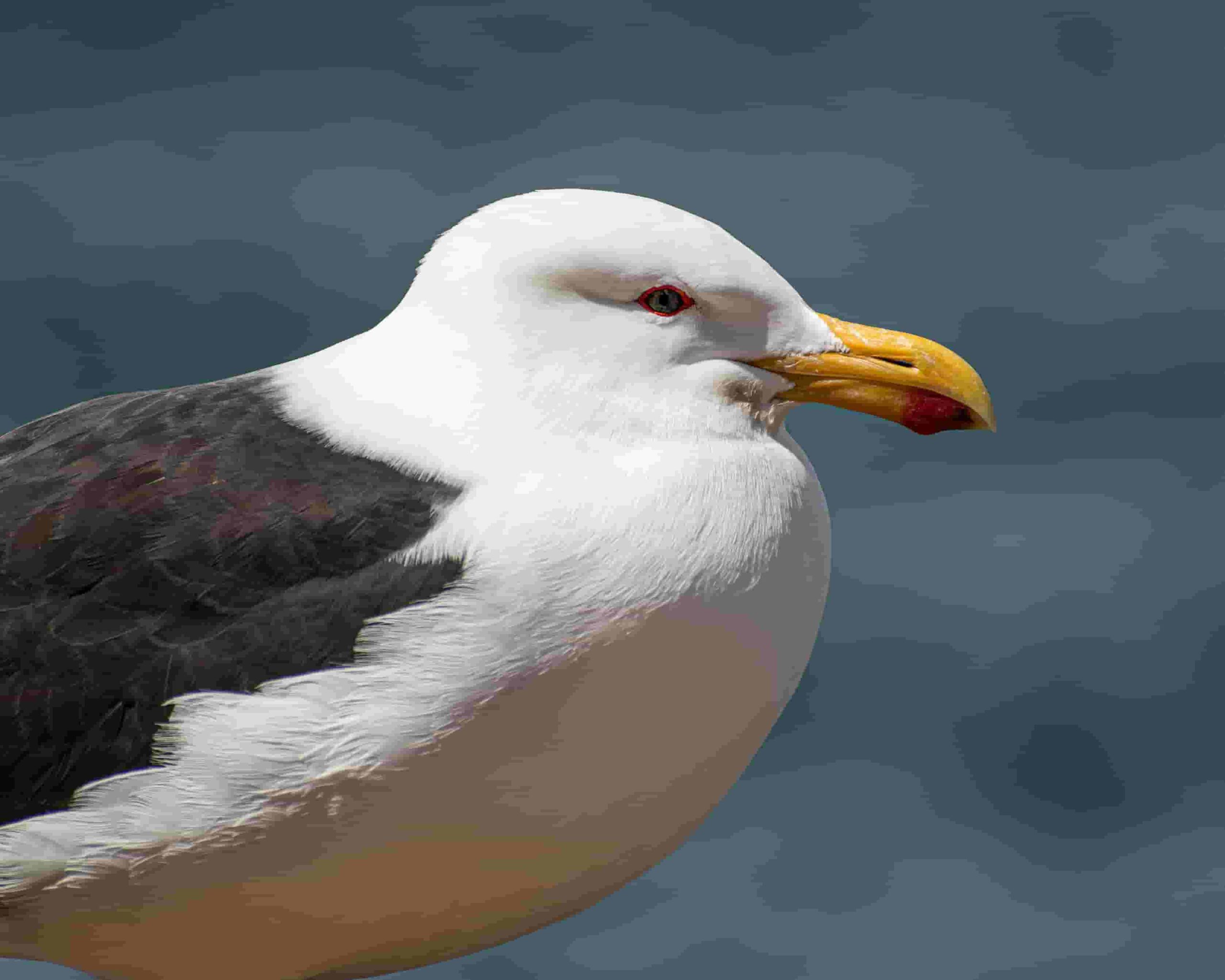Unlike many other bird species, gulls are not known for building nests. Instead, they often sleep on the ground or on a flat surface, such as a rooftop or a platform. They may also sleep on the water, floating on the surface with their heads tucked under their wings.

Where do seagulls sleep?
Seagulls, also known as gulls, are birds that are often associated with the coast and are known for their distinctive calls and scavenging behaviors. But have you ever wondered where these birds sleep?
Unlike many other bird species, gulls are not known for building nests. Instead, they often sleep on the ground or on a flat surface, such as a rooftop or a platform. They may also sleep on the water, floating on the surface with their heads tucked under their wings.
One reason for this behavior is that gulls are highly social birds and often sleep in large groups, known as roosts. These roosts can consist of thousands of birds and provide protection from predators. By sleeping on the ground or on a flat surface, gulls can easily huddle together for warmth and security.
Another reason for their sleeping habits is that gulls are strong swimmers and are well adapted for life near the water. This means that they are less reliant on trees or other elevated structures for sleeping, and can instead choose to sleep on the ground or on the water.
Despite their ability to sleep on the ground or on the water, gulls will sometimes use nests if they are available. For example, if a gull finds an abandoned nest or a nest that has been built by another bird species, they may choose to use it for sleeping. However, this is not common and most gulls prefer to sleep on the ground or on a flat surface.
One interesting thing to note is that gulls have the ability to sleep with only half of their brain at a time. This is a common trait among birds and allows them to remain alert and aware of their surroundings, even while they are sleeping. This is especially important for gulls, as they are often found in environments where they need to be on the lookout for potential predators or sources of food.
Overall, seagulls are adaptable birds that are able to sleep in a variety of different environments. They are often found sleeping on the ground or on a flat surface, but can also sleep on the water or in a nest if it is available. Despite their lack of nests, gulls are able to remain safe and secure while they sleep, thanks to their social behavior and their ability to sleep with only half of their brain at a time.
How long do seagulls sleep?
Seagulls are known for their tireless energy and constant movement, so it may come as a surprise to learn that they do, in fact, sleep. Like many birds, seagulls are able to enter a state of light sleep known as “tremulating,” in which they can rest and conserve energy while still remaining alert enough to respond to potential threats.
However, seagulls do not sleep for long periods of time like humans do. Instead, they tend to sleep in short bursts throughout the day and night. This type of sleep pattern, known as polyphasic sleep, allows seagulls to remain active and vigilant for most of the day, while still getting the rest they need to maintain their health.
Seagulls are also known to sleep while in flight, using a technique called “falling asleep on the wing.” This allows them to take brief naps while they are flying, helping them to conserve energy and stay alert.
How often do seagulls sleep?
In general, seagulls tend to sleep less than many other bird species. This is likely due to the fact that they are highly social animals that live in large colonies and are constantly interacting with one another. Seagulls also need to be on the lookout for predators and potential food sources, which may require them to be awake and alert for long periods of time.
Seagulls, like most birds, sleep in short periods throughout the day and night. They have the ability to enter a state of torpor, in which their body temperature and metabolism decrease and they enter a state of reduced activity. This allows them to conserve energy and reduce their need for food. Seagulls may also take naps while perched on a tree or other structure. Because they are generally active during the day, they are likely to sleep more at night. The exact amount of sleep that seagulls need and the frequency of their sleep periods can vary depending on factors such as their age, health, and environment.
Overall, while seagulls do sleep, they do so in short bursts and are not known for long periods of rest like many other animals. Their unique sleep patterns allow them to remain active and alert, which is important for their survival in the wild


